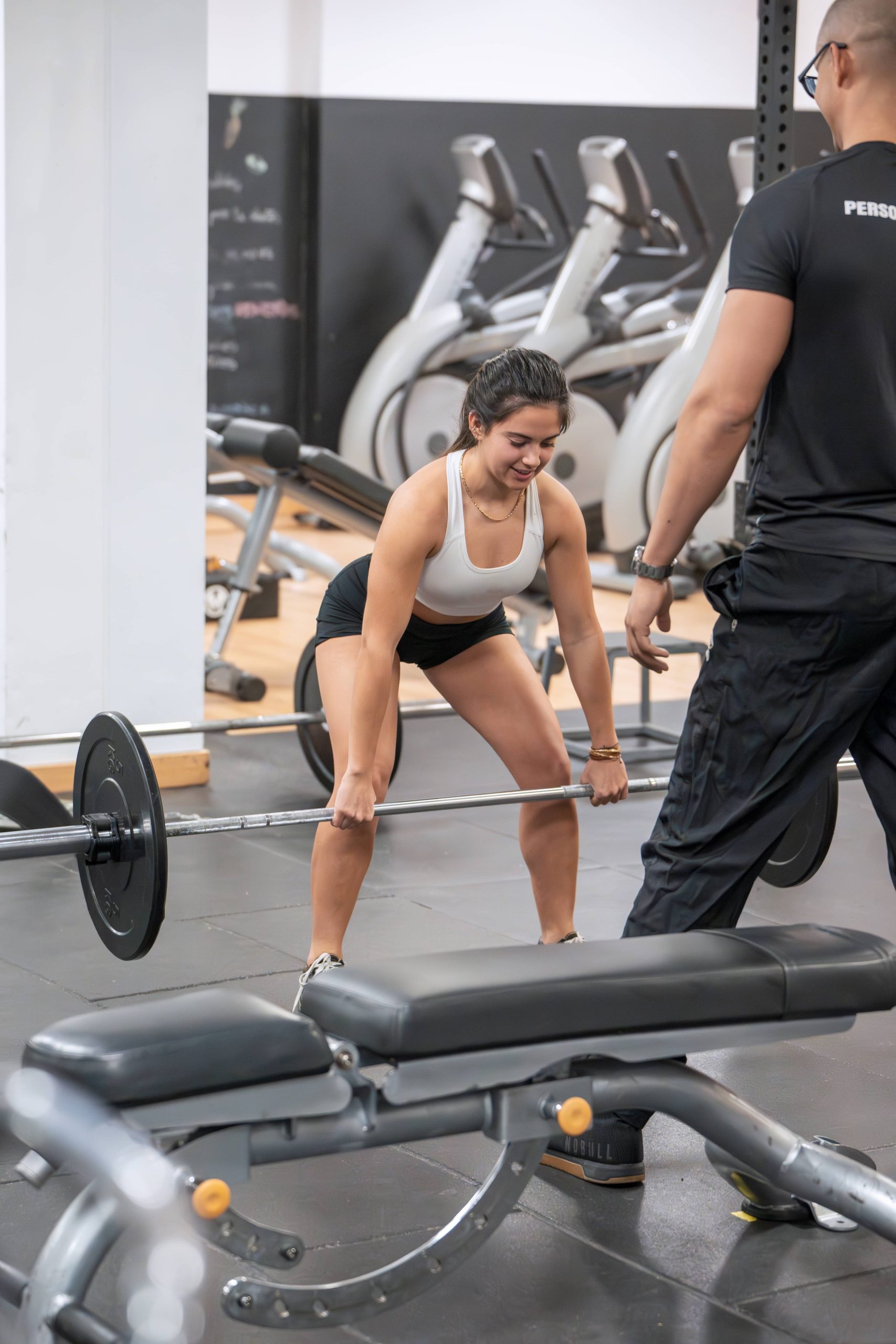
Embarking on a strength training journey can be both exciting and daunting, especially for beginners. The world of weightlifting is filled with various exercises, techniques, and philosophies, which can be overwhelming. However, with the right guidance and a well-structured routine, beginners can build a solid foundation, ensuring progress and minimizing the risk of injury. This blog post will outline a highly effective strength training routine tailored specifically for those new to the world of weightlifting.
Understanding the Basics
Before diving into the routine, it’s essential to understand some fundamental principles of strength training:
1. Progressive Overload: This is the cornerstone of strength training. It involves gradually increasing the weight, frequency, or number of repetitions in your strength training routine. This principle ensures that your muscles are continually challenged, leading to growth and increased strength.
2. Form and Technique: Proper form is crucial to prevent injuries and ensure that you are targeting the right muscles. It’s better to lift lighter weights with correct form than to lift heavier weights incorrectly.
3. Rest and Recovery: Muscles grow during rest, not during workouts. Ensure you have adequate rest between workouts and get enough sleep to allow your body to recover.
4. Nutrition: Fueling your body with the right nutrients is vital. A balanced diet rich in protein, carbohydrates, and healthy fats will support your training and recovery.
The Beginner’s Strength Training Routine
This routine is designed to be performed three times a week, with at least one rest day between sessions. It focuses on compound movements, which work multiple muscle groups simultaneously, providing the most efficient path to building strength.
Day 1: Upper Body Focus
1. Bench Press: 3 sets of 8-10 reps
– Targets the chest, shoulders, and triceps.
– Ensure your feet are flat on the ground and your back is slightly arched.
2. Bent-Over Rows: 3 sets of 8-10 reps
– Works the back, biceps, and shoulders.
– Keep your back straight and pull the barbell towards your waist.
3. Overhead Press: 3 sets of 8-10 reps
– Engages the shoulders, triceps, and upper chest.
– Stand with feet shoulder-width apart and press the barbell overhead.
4. Pull-Ups or Assisted Pull-Ups: 3 sets of 5-8 reps
– Strengthens the back, biceps, and forearms.
– Use an assisted pull-up machine if necessary.
5. Plank: 3 sets of 30-60 seconds
– Core strengthening exercise.
– Keep your body in a straight line from head to heels.
Day 2: Lower Body Focus
1. Squats: 3 sets of 8-10 reps
– Targets the quads, hamstrings, glutes, and core.
– Keep your chest up and knees aligned with your toes.
2. Deadlifts: 3 sets of 8-10 reps
– Works the entire posterior chain, including the back, glutes, and hamstrings.
– Maintain a neutral spine and lift with your legs, not your back.
3. Lunges: 3 sets of 10 reps per leg
– Engages the quads, glutes, and hamstrings.
– Step forward with one leg and lower your hips until both knees are bent at about a 90-degree angle.
4. Calf Raises: 3 sets of 12-15 reps
– Strengthens the calves.
– Stand on the edge of a step and raise your heels as high as possible.
5. Russian Twists: 3 sets of 15 reps per side
– Core exercise targeting the obliques.
– Sit on the ground with knees bent, lean back slightly, and twist your torso side to side.
Day 3: Full Body Focus
1. Deadlifts: 3 sets of 8-10 reps
– Revisit this powerful full-body exercise.
2. Push-Ups: 3 sets of 10-15 reps
– Targets the chest, shoulders, and triceps.
– Keep your body in a straight line and lower yourself until your chest nearly touches the ground.
3. Dumbbell Rows: 3 sets of 8-10 reps per arm
– Works the back and biceps.
– Keep your back straight and pull the dumbbell towards your hip.
4. Leg Press: 3 sets of 10-12 reps
– Focuses on the quads, hamstrings, and glutes.
– Ensure your knees are aligned with your toes and don’t lock them out at the top.
5. Bicycle Crunches: 3 sets of 15 reps per side
– Core exercise targeting the abs and obliques.
– Lie on your back and pedal your legs in the air while touching your elbow to the opposite knee.
Tips for Success
– Warm-Up: Always start with a 5-10 minute warm-up to increase your heart rate and prepare your muscles for exercise. This can include light cardio or dynamic stretches.
– Cool Down: Finish each session with a cool-down period, including static stretches to improve flexibility and reduce muscle soreness.
– Track Your Progress: Keep a workout journal to track your exercises, weights, and reps. This will help you see your progress and make necessary adjustments.
– Stay Consistent: Consistency is key in strength training. Stick to your routine, and you’ll see improvements over time.
– Listen to Your Body: If you feel pain (not to be confused with the normal discomfort of exercise), stop and assess. It’s better to take a break than to risk injury.
Conclusion
Starting a strength training routine can be one of the most rewarding decisions you make for your health and fitness. By following this beginner-friendly routine, you’ll build a strong foundation, improve your overall strength, and set the stage for more advanced training in the future. Remember, the journey of strength training is a marathon, not a sprint. Stay patient, stay committed, and enjoy the process of becoming stronger and healthier.
